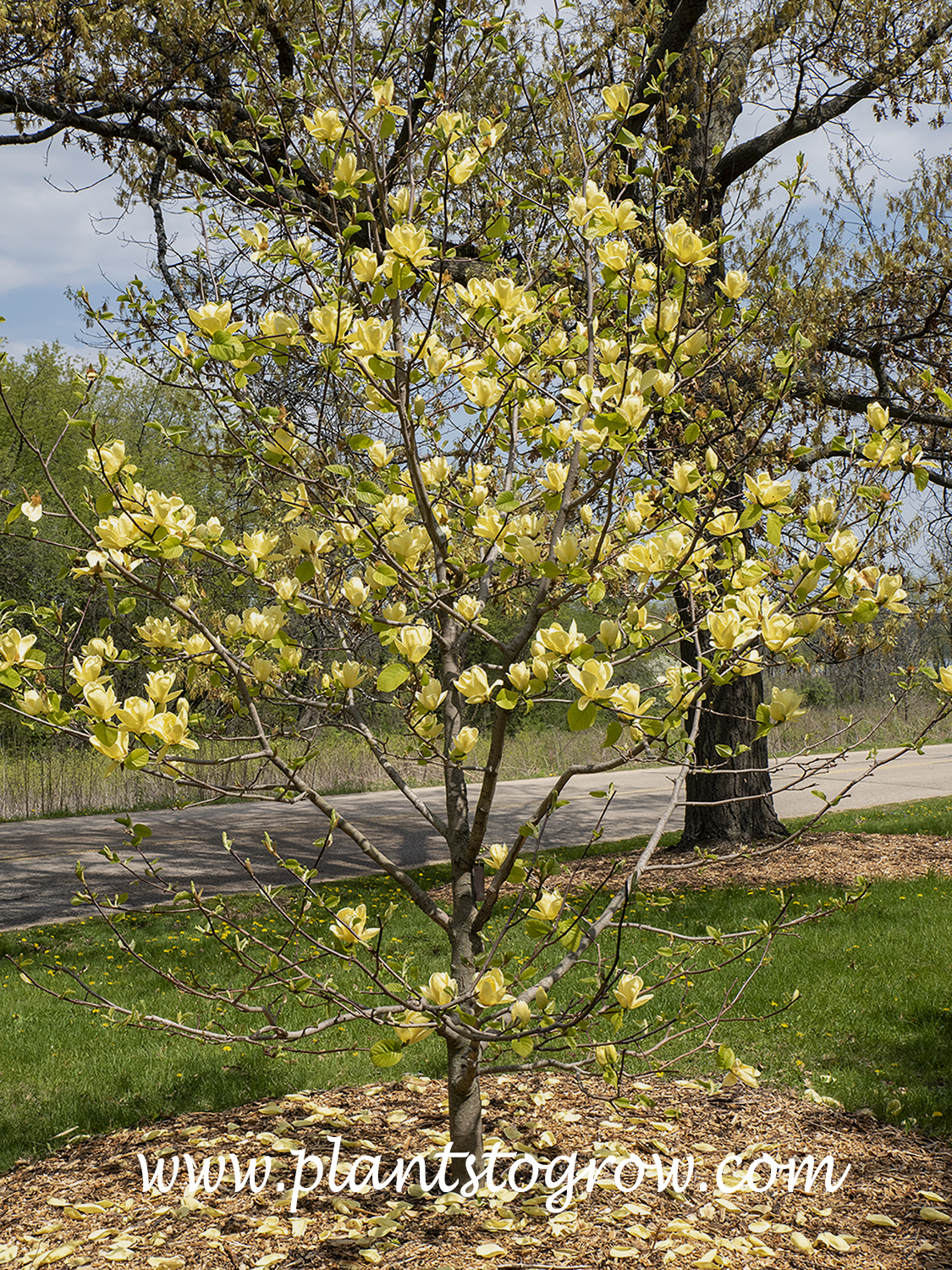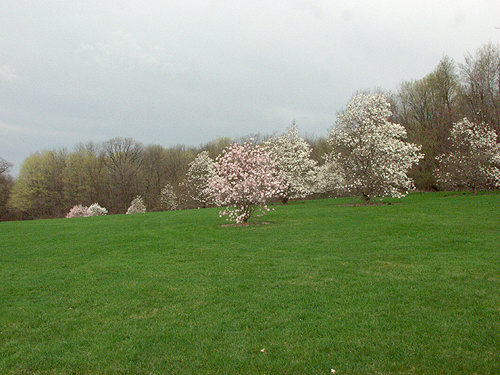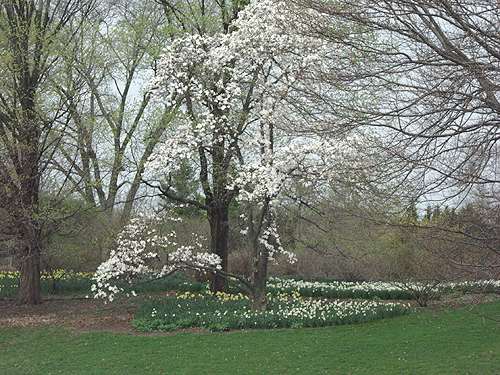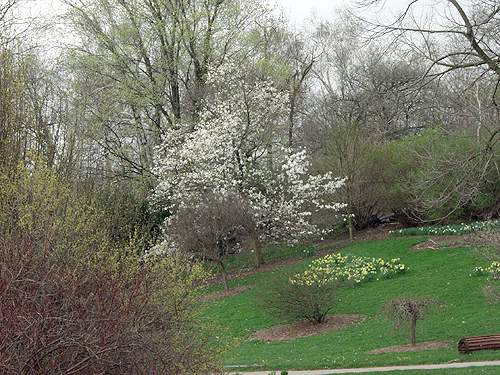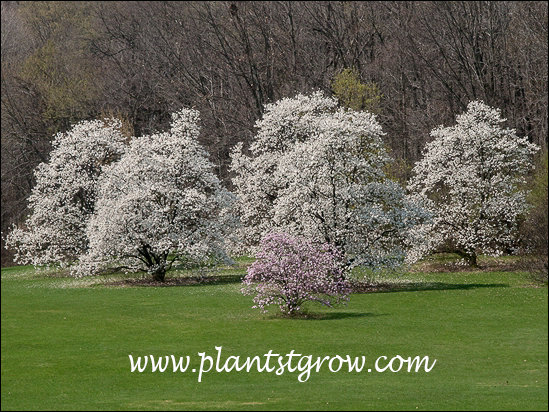| Description | Magnolia ABCs This section has some general pictures and generalized information on Magnolias growing in zone #5. |
|---|---|
| Pronunciation | (mag-NO-lee-uh) |
| Plant Type | All Plants, Trees Deciduous |
| Sunlight | grows best in full sun to mostly sunny, tolerates some shade |
| Moisture | average to moist, avoid hot and dry |
| Soil & Site | prefers average to rich, well drained, slightly acid, most are tolerable |
| Temperature | most Magnolia are hardy to zone 5-7 to 8, some as low as 3, Magnolia flowers can be damaged from late frosts |
| Flowers | flowers lack petals, the petal like structures are called tepals, which are neither a petal or sepal, usually early spring blooming, colors; white, reddish to purple, violet, yellow, cream |
| Fruit | all have an aggregate of follicles, some with brightly colored seeds |
| Leaves | simple, green, some with yellow fall color |
| Stems | the pubescence buds are a good identification feature of this plant, bark can be a nice smooth gray |
| Roots | fibrous |
| Dimensions | some are small in the 10-15 foot range, all the way up to over 20-30 feet |
| Maintenance | After flowering, pruning should be done, best grown in a spot sheltered from the wind. I have seen plants in full glorious bloom than the flowers blown to pieces by high winds, you get "Magnolia Snow" |
| Propagation | seeds, softwood cuttings, grafting |
| Native Site | In the new world: from eastern North America, through central America and some areas in South America. In the old world: from the Himalaya to China, Japan, Korea, Taiwan and Malaysia |
| Misc Facts | Genus name honors Pierre Magnol, French botanist (1638-1715). |
| Notes & Reference | #01-Manual of Woody Landscape Plants (Dirr), #86-A Gardner’s Guide to Magnolias (Gardiner), #275- The Plant Lovers Guide To Magnolias (Andrew Bunting) |

Cart
